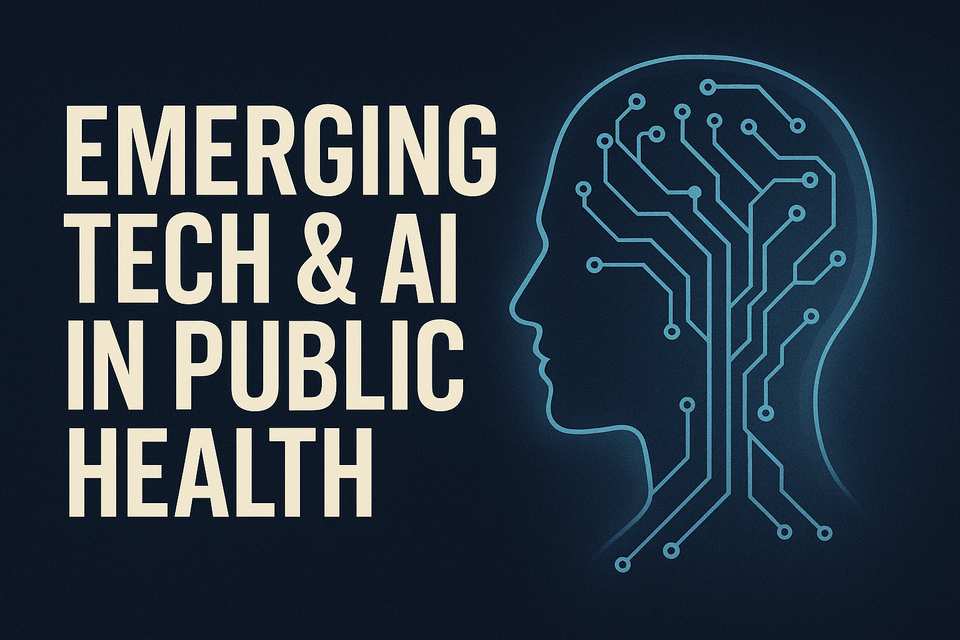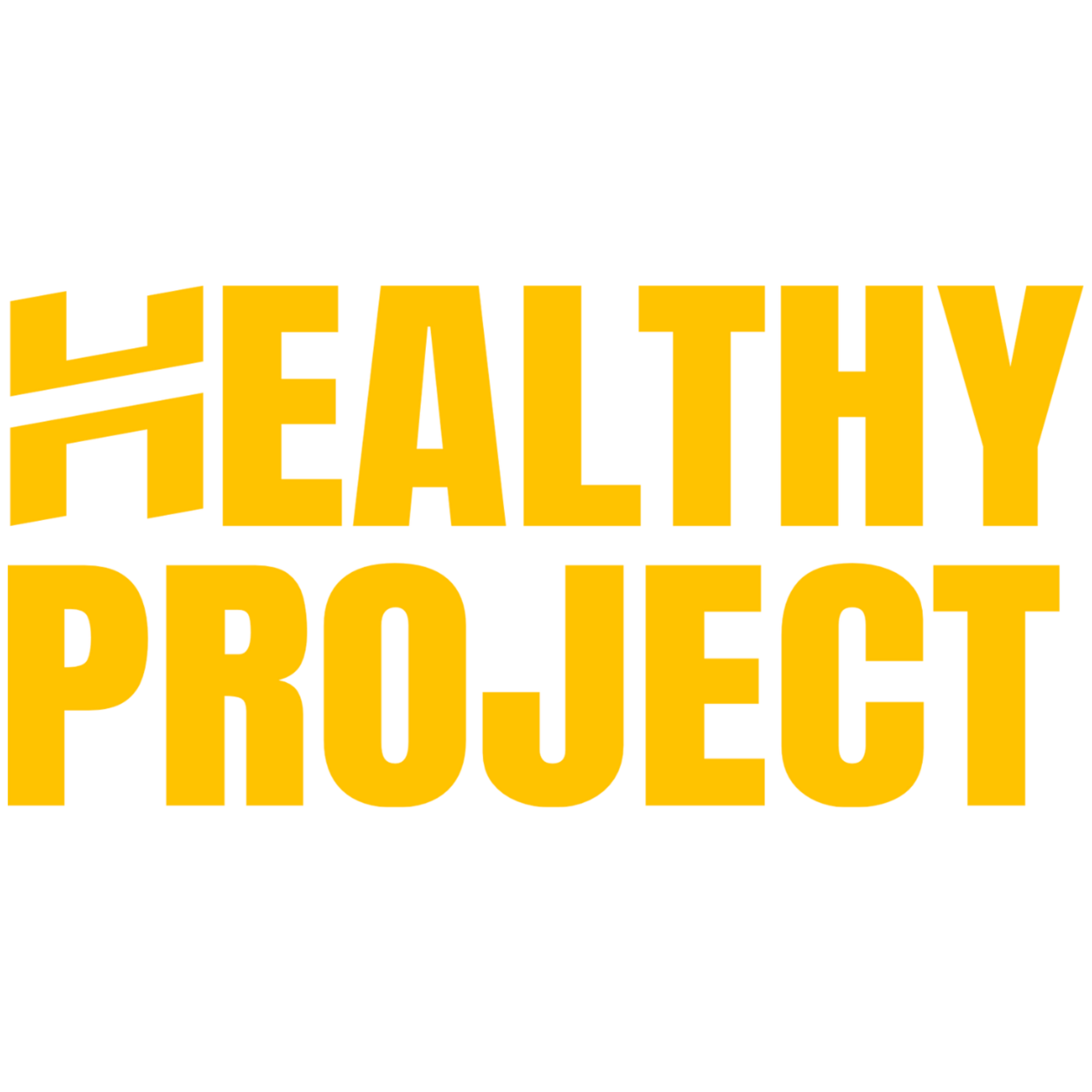AI Is Changing Public Health. Here's What That Means for You.

Technology moves fast. Health policy moves slow. But right now, something's shifting in how we track disease, diagnose illness, and deliver care. Artificial intelligence has entered public health infrastructure, and the changes affect everyone from community clinics to global health agencies.
This isn't science fiction. These tools are already working in hospitals, research labs, and public health departments. The question isn't whether AI will change healthcare. The question is whether it will change healthcare equitably.
Disease Surveillance That Actually Moves at the Speed of Outbreaks
Traditional disease tracking meant waiting for people to show up sick, get tested, and have results reported up the chain. By then, an outbreak could be spreading for weeks.
AI-powered surveillance systems flip that timeline. They pull data from electronic health records, social media patterns, wearable devices, and environmental sensors. The algorithms spot anomalies before they become headlines. Public health officials get alerts in real time, not after the fact.
Think about how quickly misinformation spreads online. Now imagine detection systems that move just as fast, but with verified data. That's where epidemiological AI tools operate. They map global patterns, predict where infections might jump next, and help authorities position resources before hospitals get overwhelmed.
Speed matters. In outbreak response, days can mean the difference between containment and crisis.
Smarter Diagnosis, Personalized Treatment
Medical imaging has always depended on human expertise. Radiologists train for years to read X-rays, MRIs, and CT scans with precision. Machine learning algorithms now assist that process, analyzing images faster and catching details that might slip past tired eyes during a 12-hour shift.
Cancer detection gets more accurate. Diagnostic errors drop. Physicians make decisions with better data backing them up.
Personalized medicine takes this further. AI examines your genetics, your lifestyle, and your medical history and builds treatment plans specific to you. No more cookie-cutter approaches that work for some patients but fail others. Predictive models analyze how diseases progress and how your body might respond to different therapies.
This means fewer rounds of trial-and-error treatment. Less time suffering through medications that don't work. More precision in getting you healthy.
The same predictive tech helps public health systems plan vaccination campaigns, anticipate flu season intensity, and prepare for the diseases that hit hardest in specific communities.

Your Health Data, 24/7
Wearable devices and the Internet of Medical Things changed the game for chronic disease management. These aren't just fitness trackers counting your steps. We're talking continuous monitoring of heart rate, blood glucose, oxygen levels, and other vital signs that get transmitted directly to your phone and your doctor's system.
You catch problems early. Your provider sees warning signs before you end up in the ER. People managing diabetes, heart disease, or respiratory conditions get real-time feedback that helps them adjust medications, diet, and activity without waiting for the next appointment.
Hospital admissions drop when people can monitor themselves effectively. Emergency rooms stay less crowded. You stay healthier because you know what's happening in your body right now, not just during annual checkups.
The tech puts health information in your hands. That's power, if you know how to use it.
Communication and Efficiency Behind the Scenes
Public health runs on paperwork. Always has. Records, reports, data entry, and administrative tasks that pull staff away from actual patient care.
AI automation handles that administrative load. Systems process records faster. Human error decreases. Staff spend more time doing work that actually requires human judgment and compassion.
During health emergencies, when everyone needs accurate information immediately, governments deploy chatbots and conversational AI agents. These tools answer thousands of questions simultaneously, distribute verified health guidance, and help combat the misinformation that spreads faster than any virus.
Consistency matters when public health messaging can save lives. AI ensures the same accurate information reaches everyone, whether they're texting a bot at 2 AM or calling a hotline during business hours.
The Real Talk About Risks
Here's where we need to be straight. AI in healthcare carries serious risks if deployed carelessly.
Data privacy concerns are legitimate. Your health information is deeply personal. Systems that collect and analyze massive datasets need ironclad security and transparent policies about who accesses your information and why.
Algorithmic bias is the bigger structural problem. AI models learn from data. If that data represents some communities better than others, if it reflects existing healthcare disparities, the AI will perpetuate those inequities. A diagnostic tool trained primarily on images from one demographic might miss conditions in patients from different backgrounds. A predictive model built on incomplete datasets might allocate resources away from the communities that need them most.
This isn't hypothetical. Studies have documented bias in medical algorithms that recommend different treatments based on race, that underestimate pain in certain populations, and that prioritize some patients over others based on flawed assumptions baked into the training data.
The technology is only as good as the systems we build around it. Without robust ethical standards, regulatory oversight, and diverse representation in the data, AI can make health inequity worse instead of better.
What's Coming Next
The future includes more sophisticated wearable monitors that track additional health markers. Better predictive analytics for chronic diseases like diabetes and hypertension. Expanded automation in mental health services, where access remains severely limited in many communities.
AI-driven resource allocation could help distribute medical supplies, staff, and funding more effectively. The tools exist to match resources with need rather than relying on outdated formulas or political pressure.
But none of this happens automatically. Progress requires collaboration between tech developers who understand the algorithms, medical professionals who understand patient care, and policymakers who understand community needs and health equity.
The goal stays clear: better health outcomes for everyone, regardless of zip code, income, or insurance status. AI offers tools to reach that goal. Whether we use those tools wisely depends on decisions being made right now about regulation, investment, and priorities.
Public health belongs to the public. The technology should serve that principle, not undermine it.
